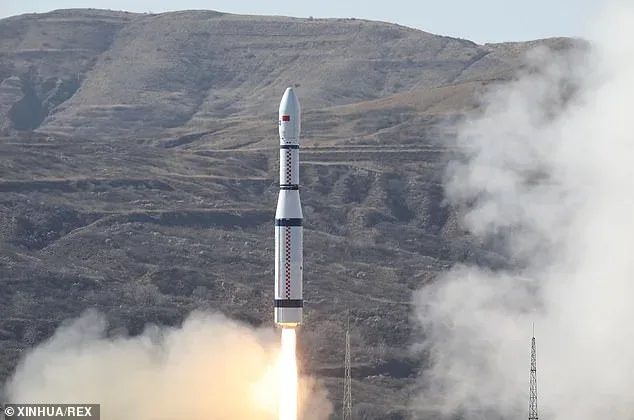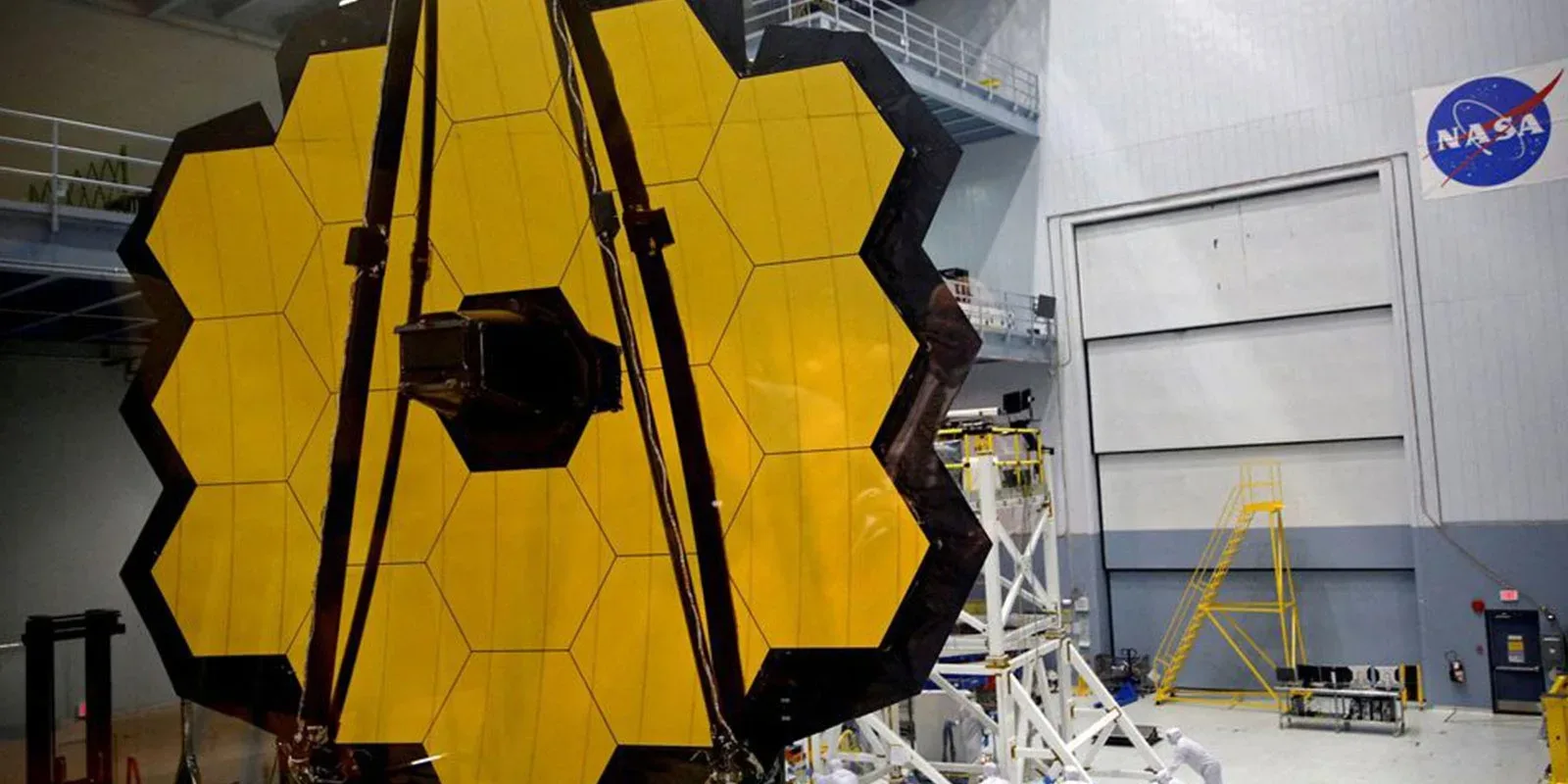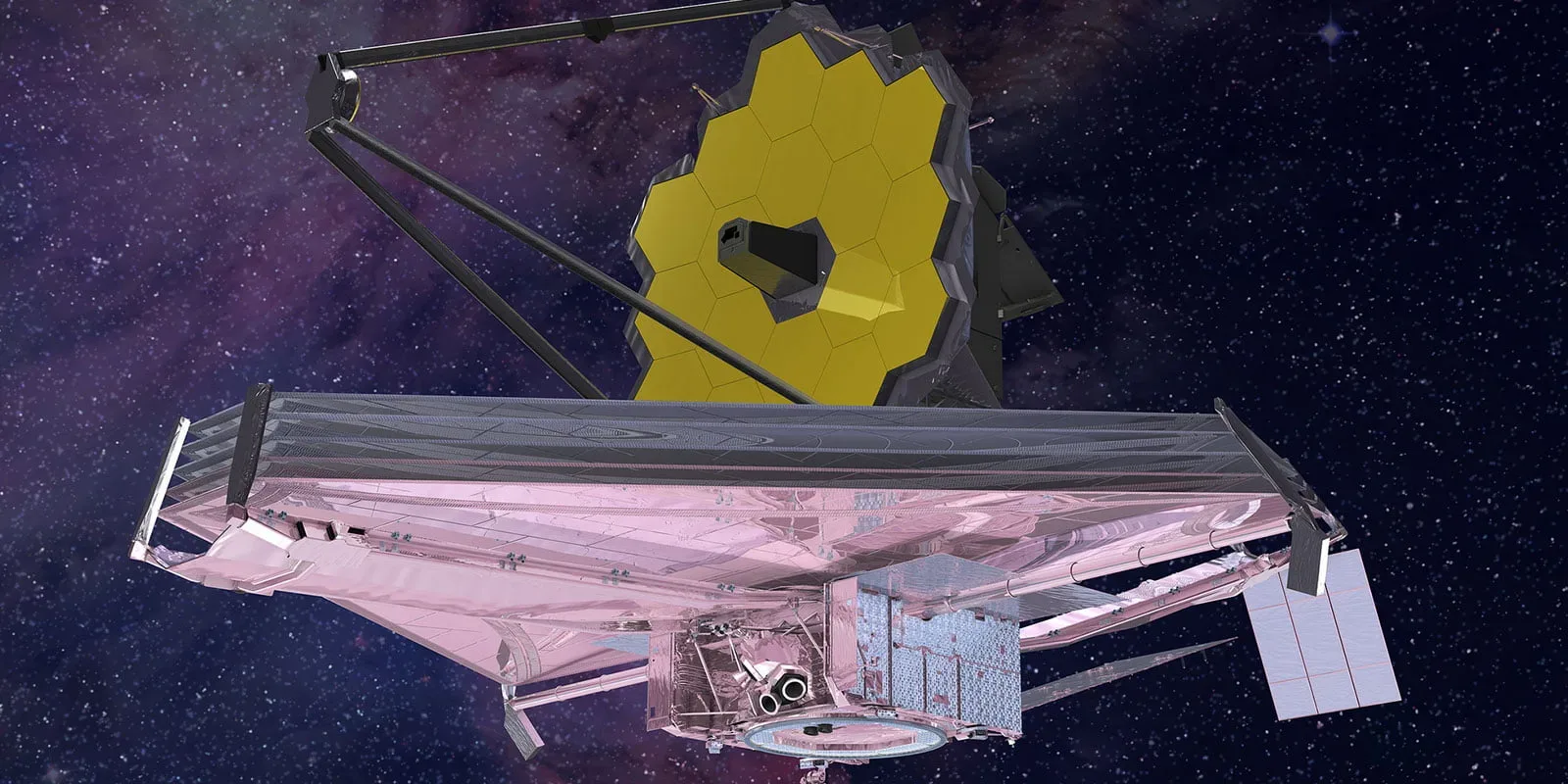The aviation industry is one of the most research-intensive industries worldwide, with an average of 11% of its turnover invested in technology, research, and innovation. There is a huge demand for new products in response to the needs of the industry. Comfort, less weight and noise, and enhanced fuel efficiency are highly desirable for the aviation and aerospace industry, such that technologies are directed to address these needs.
1. Sun-powered Aircraft
Imagine a zero-fuel aircraft that would decrease demand for fossils and non-renewable energy sources. Emissions reduced, the quality of air, and the prevention of further degradation to the environment and resources will also lower operational costs. But how will it work? According to Technavio, a market research company, aviation aircraft will use photovoltaic panels to exploit solar energy to power the engines. To illustrate, the Solar Impulse 2 is a Swiss solar-powered aircraft that circumnavigated the earth, proving that clean technologies in the aviation sector is possible.
2. 3D Printing
3D printing technology has many uses for several sectors, and the aviation industry is no exception. Companies that have issues in keeping up with production deadlines have employed 3D printing as a solution. For example, Airbus has begun using 3D printing to create parts for its planes. Spare and replacement parts that need to be changed regularly will be the first beneficiaries of 3D printing. Later, tools to create aircraft parts and devices will also be reproduced. This type of tech’s advantage is that it cuts back on time, weight, and cost.
3. Electric Aircraft
Using electrical propulsion systems, airplanes use large batteries that are rechargeable providing a clean and powerful fuel. On the 28th of May 2020, a commercial plane took off and flew for 30 minutes using only electricity. AeroTEC and magniX, the two companies behind the test aircraft, elaborated that flying with electricity was cost-efficient at a mere $6. Simultaneously, conventional engine fuel would have cost $300-400 for a half-hour flight. Although long-haul flights will not become electric soon, engineers are working on hybrid-electric aircraft that will take to the skies by 2030.
4. Superfast Airplanes
The Federal Aviation Administration (FAA) has banned supersonic flights over land because of the tremendous bangs they produce. Currently, the National Aeronautics and Space Administration (NASA) and Lockheed Martin hope to put one again in the air with the X-59 QueSST aircraft currently being made in California. The trial plane will fly faster than sound, but engineers have designed it to operate as quietly as possible. If the initial flight scheduled for 2021 is successful, the aircraft could pave the way for airplanes that cut flight times by as much as 50%.
5. Cutting-Edge Materials
Aircraft manufacturers continue to rely on research that will develop new materials in the production of planes. Innovative materials such as graphene and carbon nanotubes help make wings more efficient because they reduce weight and improve fuel consumption. Other cutting-edge materials include thermoplastic composites for fuselage structures and high-tensile strength carbon fiber. Technological innovations have a huge role to play in making flying safe, efficient, and comfortable. As technologies develop and mature, the aviation industry is expected to benefit from faster, lighter, cost-effective, and environmentally-friendlier aircraft.





Share Your Thoughts